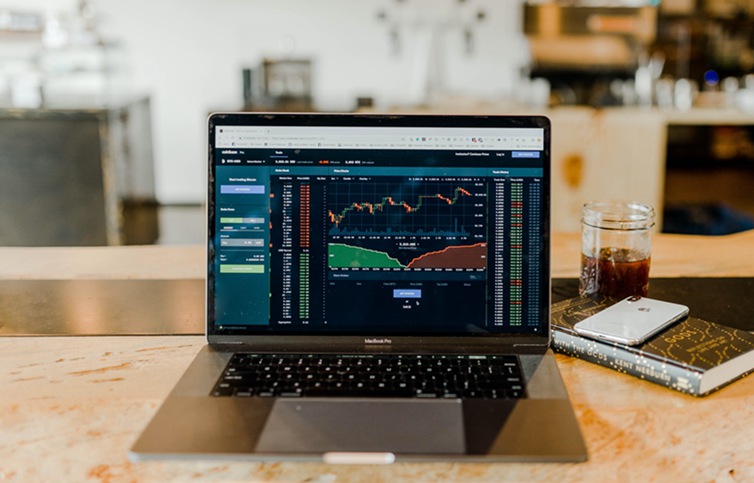U.S. Stock Rebound Fizzles as VIX Soars; Navarro Warns Tariff War to Escalate Further!

TradingKey - On the eve of the implementation of the U.S. reciprocal tariffs, hopes for successful trade negotiations briefly lifted investor sentiment, propelling the S&P 500 up 4% in early trading. However, the Trump administration’s firm commitment to its tariff strategy soon underscored the fragility of the rebound.
On April 8, U.S. stocks opened higher but quickly reversed course. The S&P 500 and Nasdaq Composite initially jumped 4% and 4.5%, respectively, within the first hour of trading. Yet growing concerns over the firm implementation of President Trump’s tariffs— and the risk of a resulting economic recession— sent both indices into negative territory by the end of the session.
The VIX index spiked 11.39% to 52.33, its highest level since April 2020. The VIX has fluctuated by more than 20 points for two consecutive days. A reading above 40 typically signals extreme market fear and panic.
Meanwhile, the "volatility of volatility," represented by the VVIX index, surged 12% to 170.92—the highest level since the "Black Monday" event in early August 2024, which was triggered by the Bank of Japan's surprise rate hike and disappointing U.S. nonfarm payroll data. The VVIX spike reflects rising demand for VIX options as investors seek to hedge against broader market turbulence.
Amid the turmoil, Trump recently held calls with senior officials from Japan and South Korea to discuss tariff issues, expressing optimism about reaching amicable agreements. U.S. Treasury Secretary Bessent also struck a relatively positive tone regarding ongoing negotiations.
Nevertheless, on April 8, the White House reaffirmed that the reciprocal tariffs would proceed as scheduled. Reports suggest the tariff policy may not only persist but could escalate in the coming weeks.
A source familiar with the matter disclosed that White House trade advisor Peter Navarro urged Trump to consider either a blanket 25% tariff on all imports or a “reciprocal” formula based on bilateral trade deficits, as first proposed on April 2.
While officials like Bessent view tariffs primarily as a bargaining tool, Navarro sees them as a fundamental mechanism to reshape U.S. trade dynamics. U.S. Commerce Secretary Howard William Lutnick reportedly holds a similar view.
“Everyone keeps hoping, keeps waiting for a pause in tariffs,” said Peter Tchir of Academy Securities, “But we’ve just slapped on the extra increased tariffs on China. We’re slowly losing this optimism that this is a negotiating tactic. That’s why trading has been so volatile today.”







